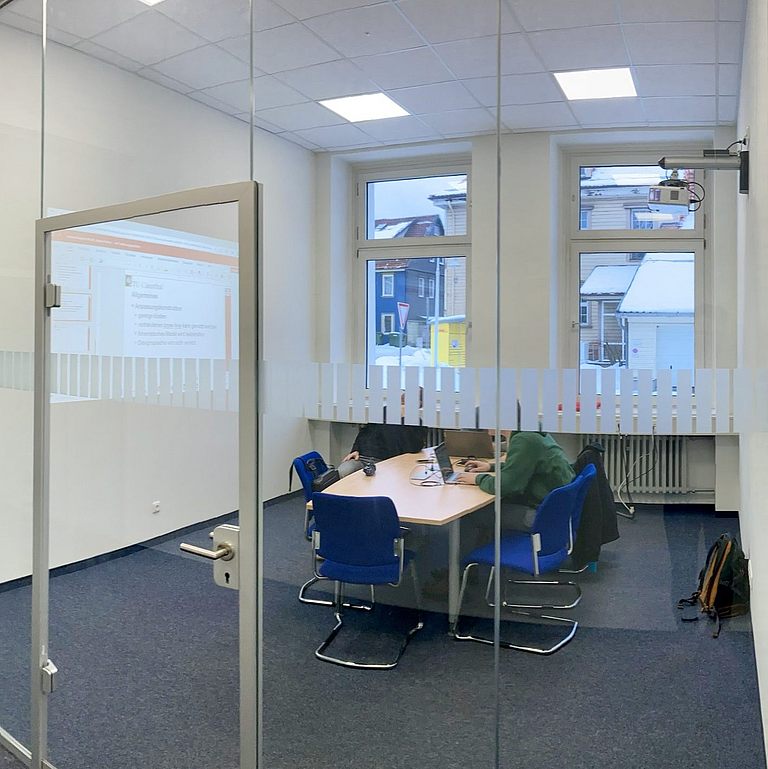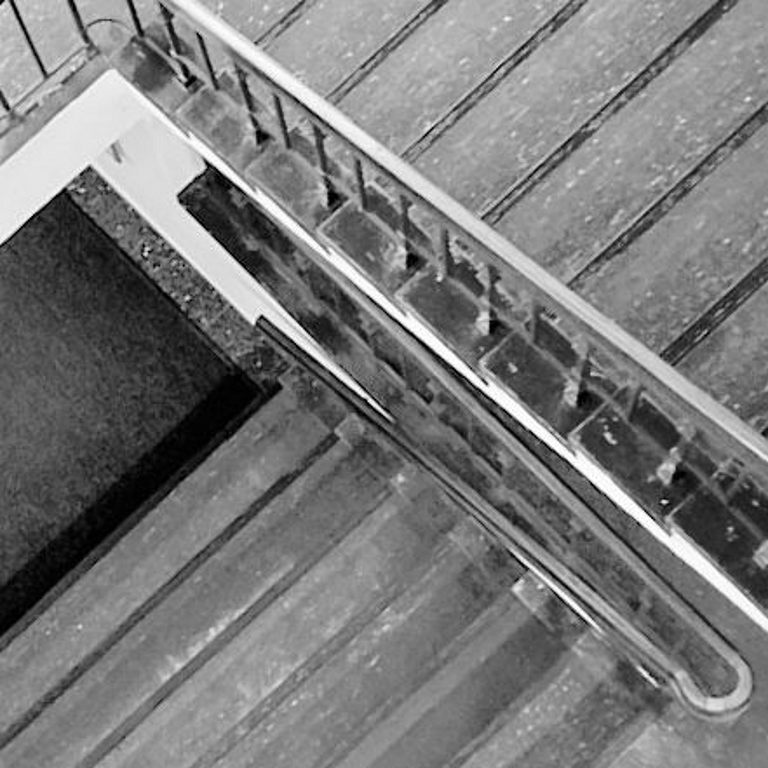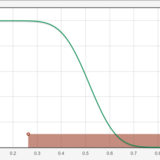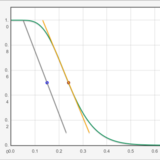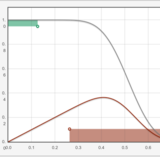Statistical quality control
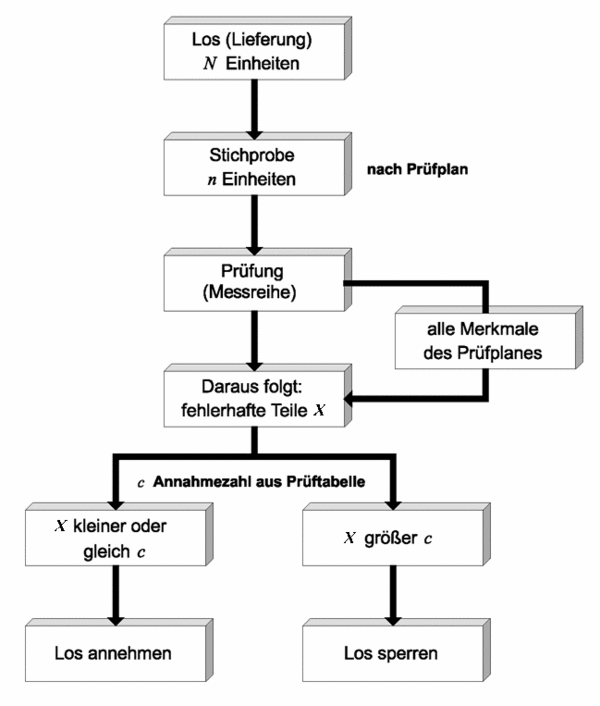
Both during its development and during its production a product is running through different qualification levels. Ensuring its technical specifications through process-integrated measurement systems and computer-based evaluation is a particular challenge for all companies. Especially large-scale manufacturers such as PC, automotive, electronics or food producers need to be confident that the components and ingredients used by them are perfect. But also the customer wants to be sure to buy a flawless product. Possibly any necessary warranty and recall actions are not only associated with high costs but also to a considerable loss of confidence among customers. For this reason, almost all major companies operate a comprehensive quality management, which coordinates associated with the quality monitoring business processes and the information necessary for the collection and evaluation of data quality methods and processes. Due to the amount of data there are also great demands on the information technology.
The technical and human effort associated with a full-control is often disproportionate to the revenue that can be achieved with the product, or to the risk associated with the failure of the product. In addition, many tests have a destructive character, which is why a full inspection is not an option. Extensive tests also extend the cycle times through the production, which is not desirable in the context of lean production. The mathematical method of good-bad-examination are intended to reduce the costs associated with the quality monitoring by using a sampling inspection and to keep the possibility of a wrong decision under control.

